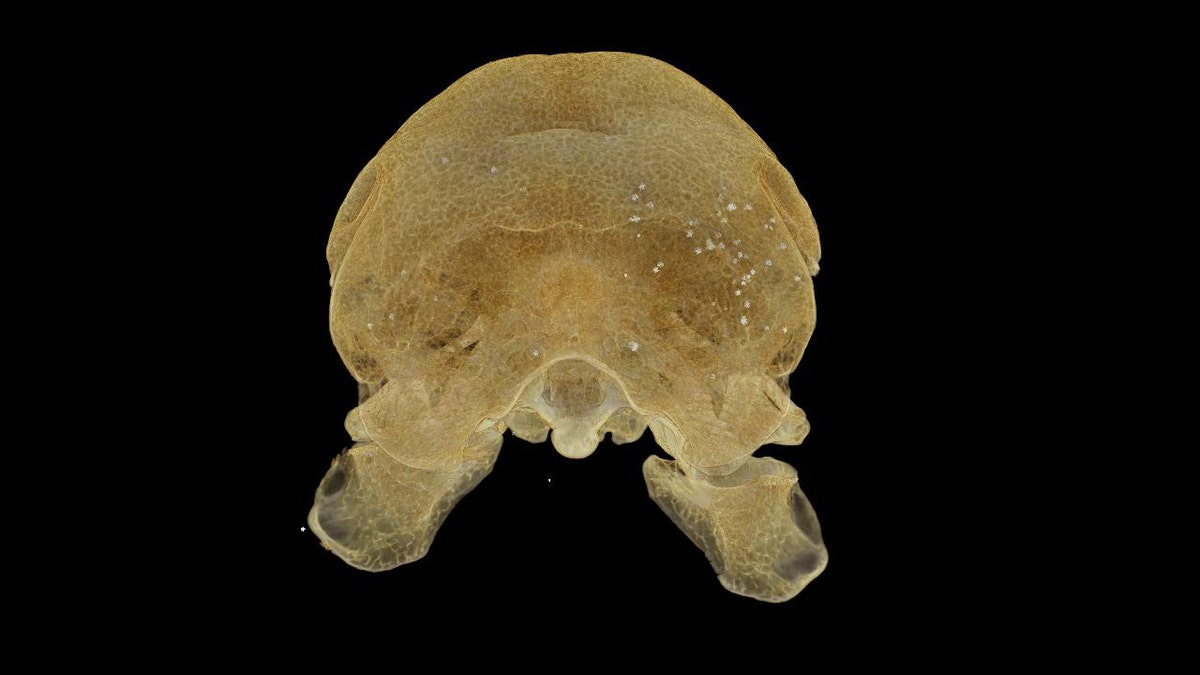What killed the famous Oxford Dodo?
Researchers believed the famous Oxford Dodo was kept in a 17th century London townhouse but research analysis points to a very different and violent story.
Experts in the U.K. have uncovered new details about a famous 17th-century Dodo that challenge a long-held theory about the unfortunate flightless bird.
The “Oxford Dodo” at the University of Oxford’s Museum of Natural History has long been a source of fascination. The dodo’s remains are the only known specimen of the now-extinct species to contain soft tissue and extractable DNA. The remains are also said to have inspired 19th-century writer Lewis Carroll to create the Dodo character in “Alice’s Adventures in Wonderland.”
A team from the Museum and Warwick Manufacturing Group (WMG), part of the UK’s University of Warwick, harnessed digital forensics scanning technology to uncover new facts about the dodo skull that have been hidden for centuries.
DODOS WERE QUITE INTELLIGENT, STUDY SAYS
Using a scanning technique that has been employed in police trials, the scientists found that the dodo was shot in the neck and the back of the head with a shotgun. The discovery casts serious doubt on a popular theory that the dodo had been kept alive in a townhouse in 17th-century London.

The Oxford dodo specimen at the Oxford University Museum of Natural History (Credit: University of Warwick/Oxford University Museum of Natural History)
WMG used CT scanning and 3D-modeling, enabling experts to study the bird’s remains in a level of detail that was not previously possible. With the new analysis, experts found lead shot pellets, which were often used to hunt wildfowl in the 17th century.
“The Oxford Dodo is an important specimen for biology, and because of its connections with Lewis Carroll it is of great cultural significance too,” said Professor Paul Smith, Director of Oxford University Museum of Natural History, in a statement. “The new findings reveal an unexpected part of history of this specimen as we thought the bird had come to the museum after being displayed as a live specimen in London.”
IN FIRST SINCE 1914, 'EXTREMELY RARE' DODO SKELETON SOLD
The University received the remains as part of a collection compiled in the 17th century by naturalist John Tradescant and his son. Dodos, which were once populous on Mauritius, became extinct in the mid 17th-century, shortly after the arrival of European settlers on the Indian Ocean island.

Scan of the Oxford dodo skull - with shot pellets shown in white (credit WMG, University of Warwick)
“When we were first asked to scan the Dodo, we were hoping to study its anatomy and shed some new light on how it existed. In our wildest dreams, we never expected to find what we did,” said Professor Mark Williams, leader of the Product Evaluation Technologies and Metrology Research group at WMG, in the statement. “Although the results were initially shocking, it was exciting to be able to reveal such an important part of the story in the life of the world’s most famous extinct bird.”
Centuries after their demise, scientists are keen to find out as much information as they can about dodos. In 2016, for example, the American Museum of Natural History released research that suggested the birds may not deserve their reputation for stupidity.
Also in 2016, an extremely rare dodo skeleton was sold at auction for $431,000.
Follow James Rogers on Twitter @jamesjrogers





















